Training Tips for First-Time Pet Owners: Key Commands for Cats and Dogs
Bringing a new puppy or kitten into your family is exciting! And congratulations on the new addition! There are bound to be plenty of cozy cuddles, endless laughter at your new pet’s antics, and the foundation of love to last a lifetime.
But, one thing that many first-time pet owners don’t completely grasp is that pet training begins the day you bring your pet home from the kennel. It can be so easy to think about putting it off until tomorrow when you are enjoying your new pup or kitty. Yet, training from the start is what your pet needs to understand boundaries and know what they can or can’t do in their new environment.
We’ll give you the scoop—pun intended—on how to get started on the right foot with pet training.
Why Pet Training and Commands are a Must for New Cats and Dogs
When you bring your new baby home from the hospital, there isn’t a whole lot of educating to do toward your baby. You feed them, keep them warm and safe, change their diaper, and so on. And all is good.
But with a pet, they’re ready for much more independence from day one. As long as they have a food and water source, your pet can take care of themselves. Without boundaries and understanding the rules, however, your pet will make up their own beliefs in what they can do and get away with.
So here’s the thing. Training cats is a bit easier than training dogs. And, if the canine persuasion is more to your preferences, some best dogs for first-time owners might be the best way to get started. But it’s important to know that all dogs—and cats—can be trained as long as you stick with the program. When you do it right, before you know it, you’ll hang digital pet portraits all over the house to show off all the cool things they can do.
Without further ado, let’s get into those pet commands that can make those first few days, weeks, and months with your pet a much more rewarding experience.
What a First Time Pet Owner Needs to Know about Training Cats
Let’s start with some commands and first-time cat owner tips. As we said before, training a kitten is often easier than training a new puppy. Cats are even more independent than dogs, and that is something you’ll likely discover as soon as you bring them home. Much of this is due to a cat’s natural curiosity.
The first thing to do is help your cat get litter-box trained. Taking care of this right away will help protect your home from damage—and the odor—that comes from a cat or kitten that thinks the entire house is their space to do with as they wish.
- Choose the Right Litter Box Location: Place the litter box in a quiet, easy-to-access space where your cat feels will be safe and cozt. Avoid high-traffic areas or places with loud noises.
- Introduce Your Cat to the Litter Box: When you bring your new cat home, immediately show them where the litter box is located. Gently place them in the box and let them explore it at their own pace.
- Keep the Litter Box Clean: Scoop the litter box daily to keep it clean and inviting. Cats are more likely to use a clean litter box and less likely to develop bad habits.
- Positive Reinforcement: Praise your cat or give them a small treat after they use the litter box. Positive reinforcement helps reinforce good behavior.
Simple Commands for Cats
With the litter box training underway, if not already a success, it’s time to introduce some simple commands. The key word here is simple: cats tend to do their own thing and won’t be as interested in tricks as dogs are.
And with patience and consistency, you'll be amazed at what your feline friend can learn. Plus, having a well-trained cat makes those custom paintings of pets all the more meaningful when they capture the personality of your obedient and charming kitty.
- Sit: Cats can learn to sit on command just like dogs. Use a treat to lure your cat into a sitting position while saying "sit." Repeat this daily until your cat associates the word with the action.
- Come: To teach your cat to come when you call their name, use their name followed by the command "come" while holding a treat. Reward your cat when they respond. Increase your distance a bit from your cat each time.
- Fetch: Dogs aren’t the only pets who can fetch. Use a small toy or a treat that your cat enjoys or favorites. Throw it a short distance and encourage your cat to bring it back to you. Reward them with praise or a treat when they do.

Pet Commands for a First-Time Dog Owner
We mentioned earlier that there are some best dogs for first-time owners. These dogs, such as golden retrievers, Labrador retrievers, poodles, the cavalier King Charles, the Yorkshire terrier, the French bulldog, and the Boston terrier, are quite eager to please, highly intelligent, and can pick up on commands rather quickly.
That said, here are some tips that may help you as a first-time dog owner and the commands to start with.
- Sit: Start with this basic command. Hold a treat near your dog’s nose, raise your hand just a bit, and as their noggin follows, their booty should lower, too. Once they sit, say “sit” and reward them with a tasty treat. Practice this regularly until they respond consistently.
- Stay: Once your dog has mastered sitting, add the “stay” command. Ask your dog to sit, then hold your palm out in front of you and say, “stay.” Take one small step back, and if they stay in the directed space, reward and praise them. Gradually increase the distance and how long you ask your pet to remain in their space.
- Heel: Hold a treat at your side, say “heel,” and offer encouragement for your dog to walk beside you. Reward them when they stay close without pulling.
- Leave It: Place a treat on the ground, cover it with your hand, and say “leave it.” Wait until your dog looks away from the treat, then give them some big-time praise and reward them with another treat.
- Down: To teach “down,” start with the “sit” command. After they are seated, hold a treat close to the ground and move it away from them. As they lie down to follow the treat, say “down” and reward them.
- Come: Use this command to call your dog to you. Start with a short distance, say “come” in an upbeat tone, and reward your dog when they come to you. Gradually increase the distance as they improve.
Potty Training Your New Pup
We’d be remiss if we didn’t offer you a bit of guidance and tips for first-time dog owners regarding potty training. It is a bit trickier and more involved than it is with kittens. And it all starts with consistency.
Here’s what to do.
- Set a Schedule: Take your puppy outside regularly, especially after eating, drinking, and waking up. Consistency helps them understand when and where to go.
- Choose a Spot: Identify the desired area outside for your puppy to relieve themself. The familiar scent will encourage them to go to the same place each time.
- Praise, Praise, Praise: When your puppy goes potty outside, praise them and offer a treat right away. Positive reinforcement helps them connect the behavior with the reward.
- Watch for Signs: Keep an eye on your puppy for signs that they need to go, such as sniffing around or circling. Quickly take them outside to prevent accidents.
Talk to their veterinarian if your pup doesn’t seem to get it or continues to have repeated accidents in the house after a consistent week of training. Young puppies are subject to bladder infections and other illnesses that can impede potty training progress. In most cases, an antibiotic or some additional tips from the vet can help.
Trust us, with patience and perseverance and following the tips and commands we shared, you will quickly fall into your desired lifestyle with your new pet. Before you know it, you’ll be heading to the Crown & Paw website to order your next watercolor pet portrait!


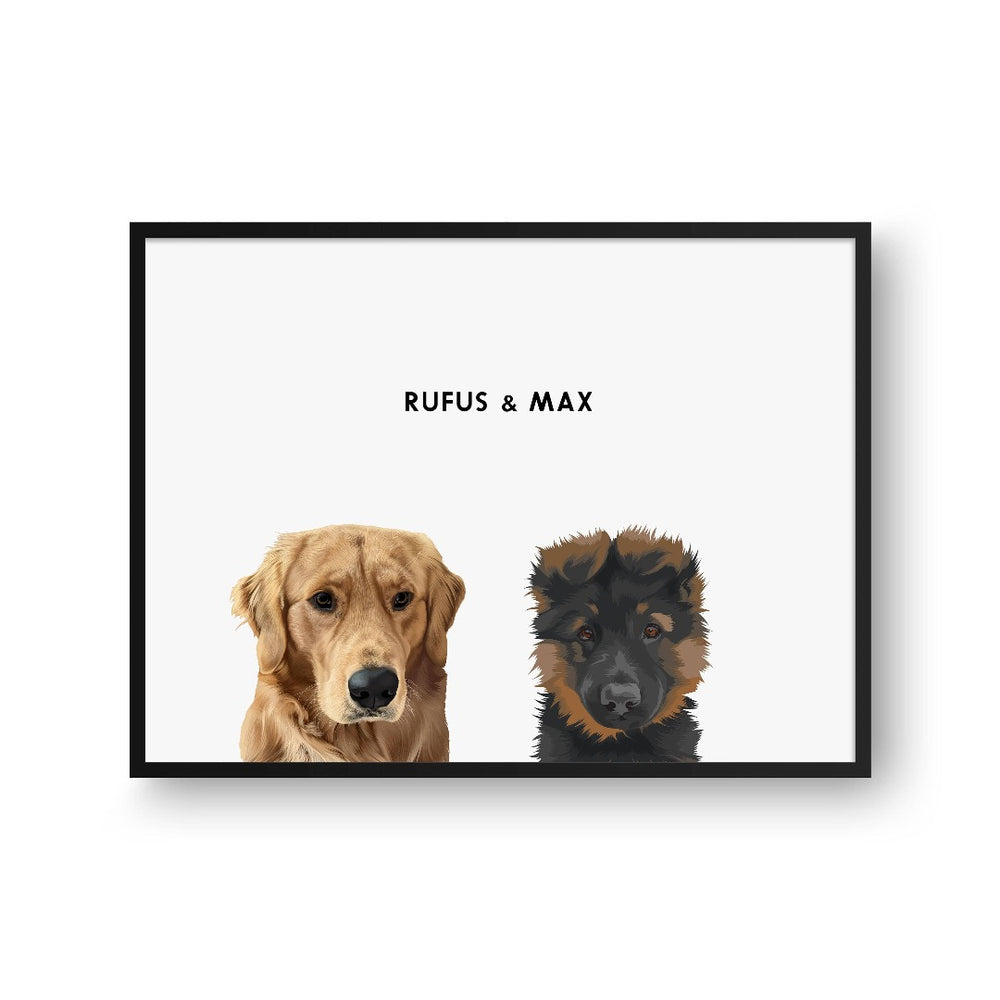
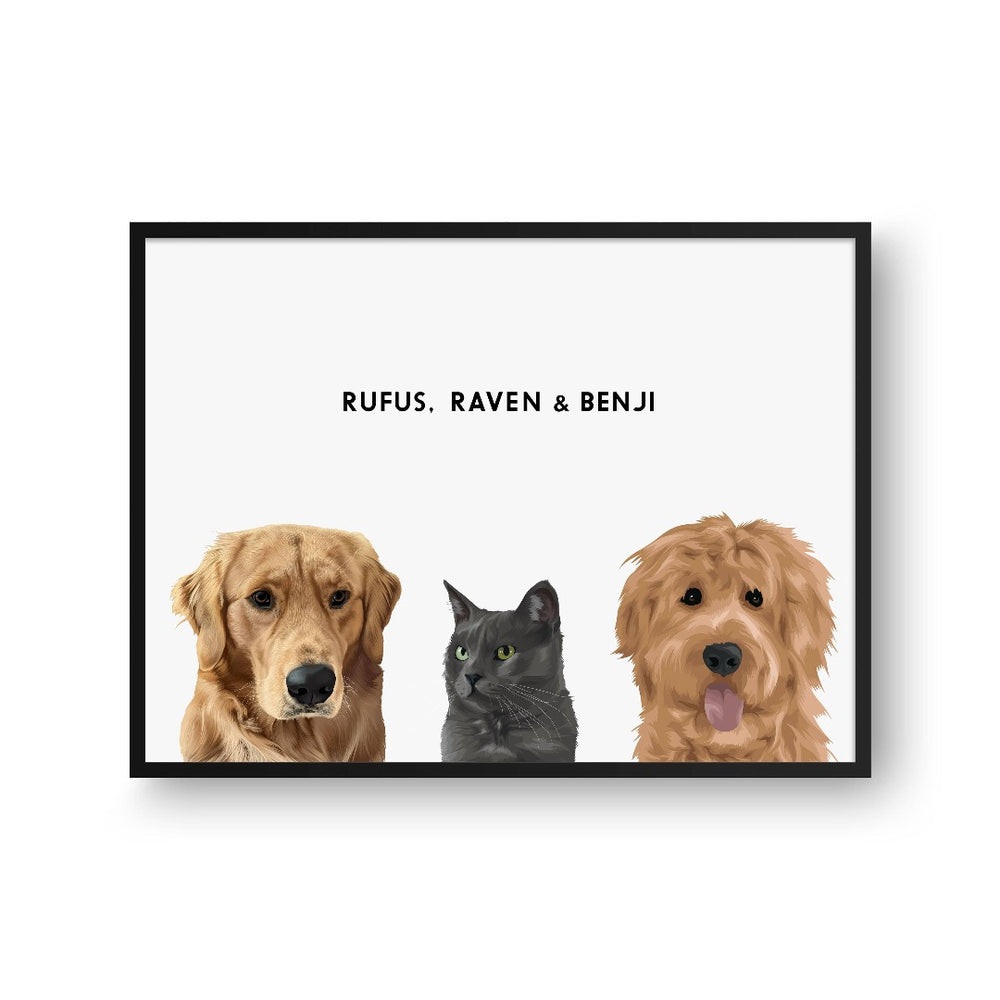
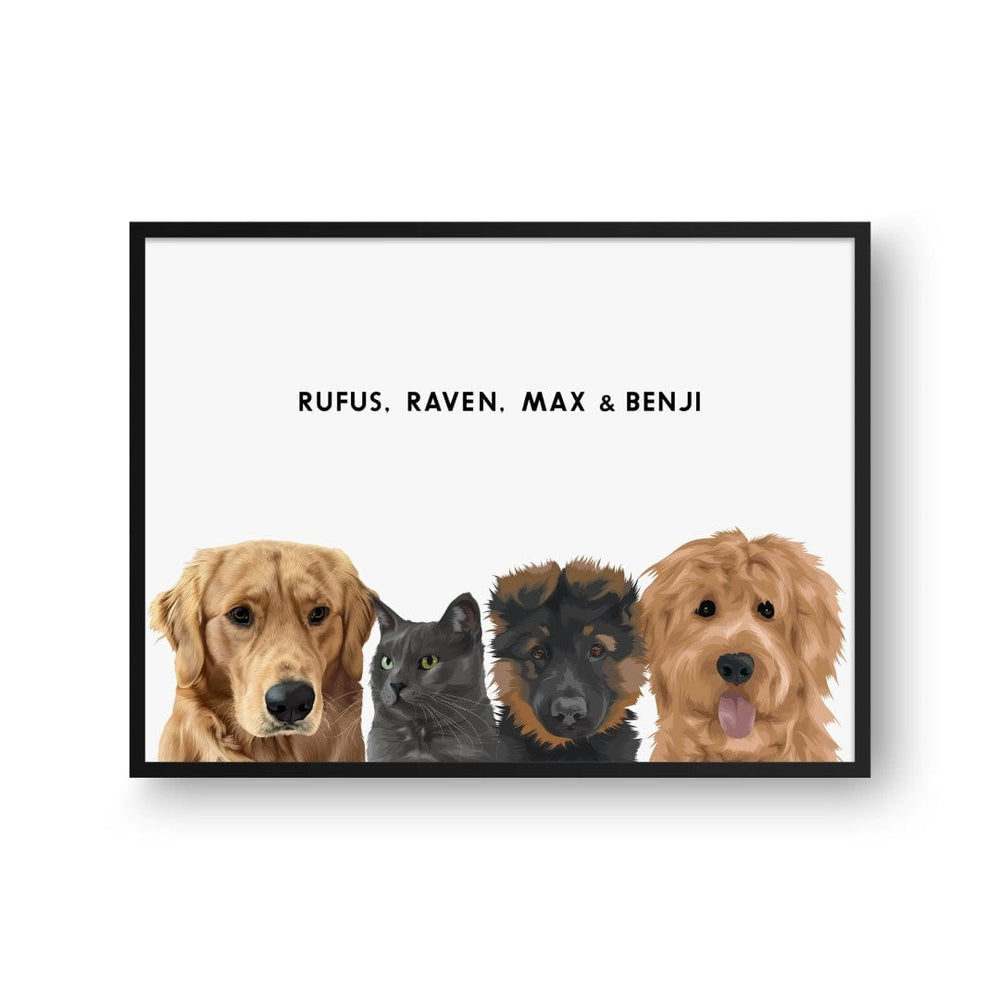
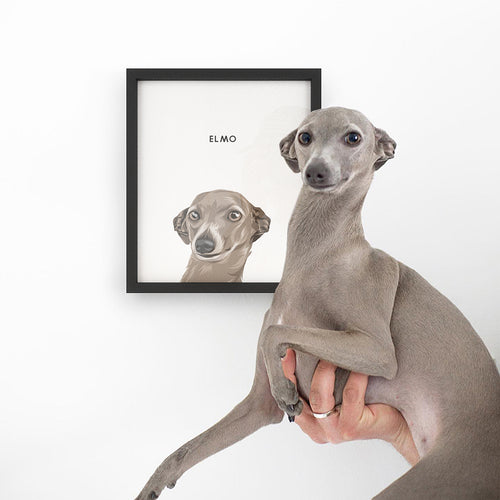
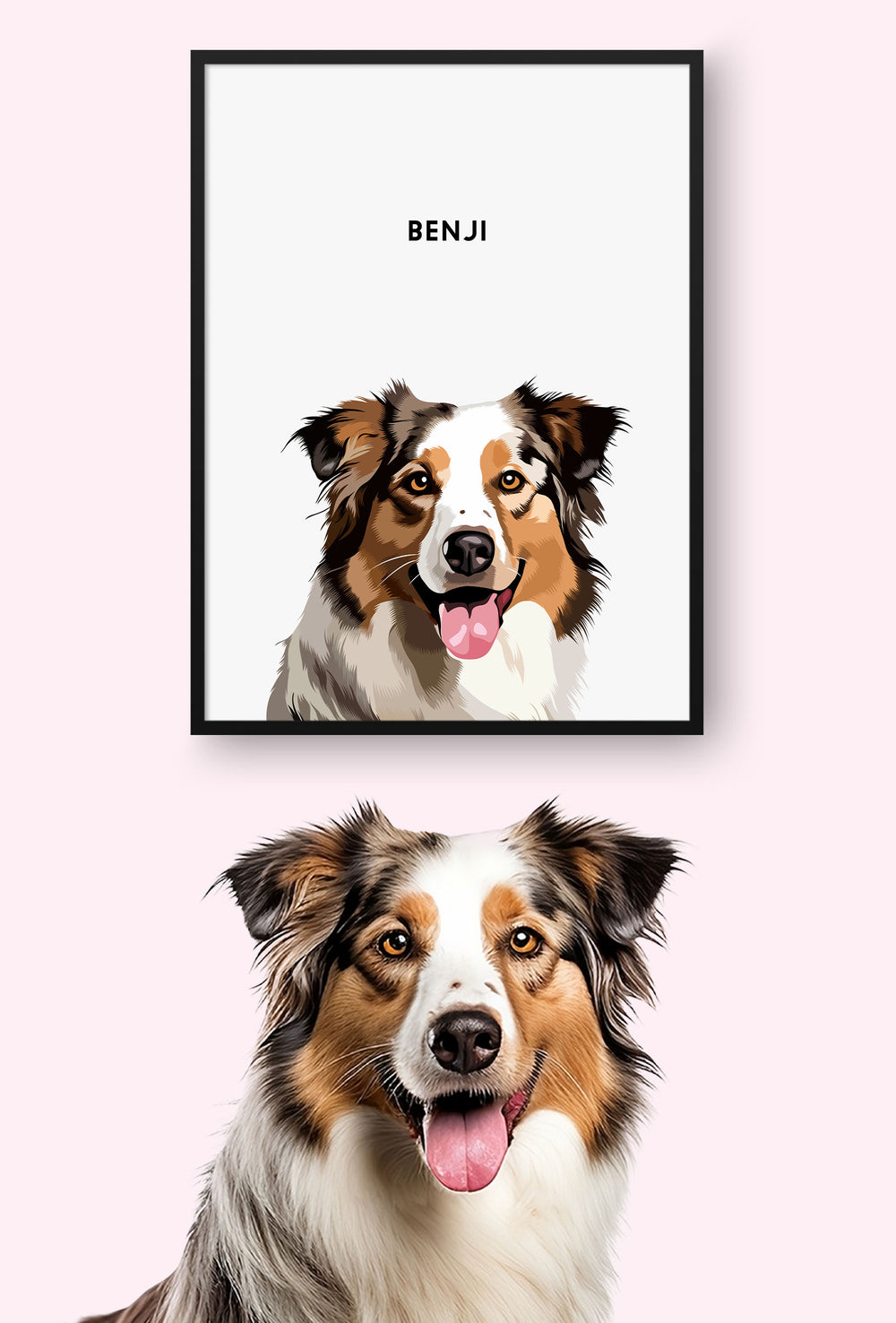
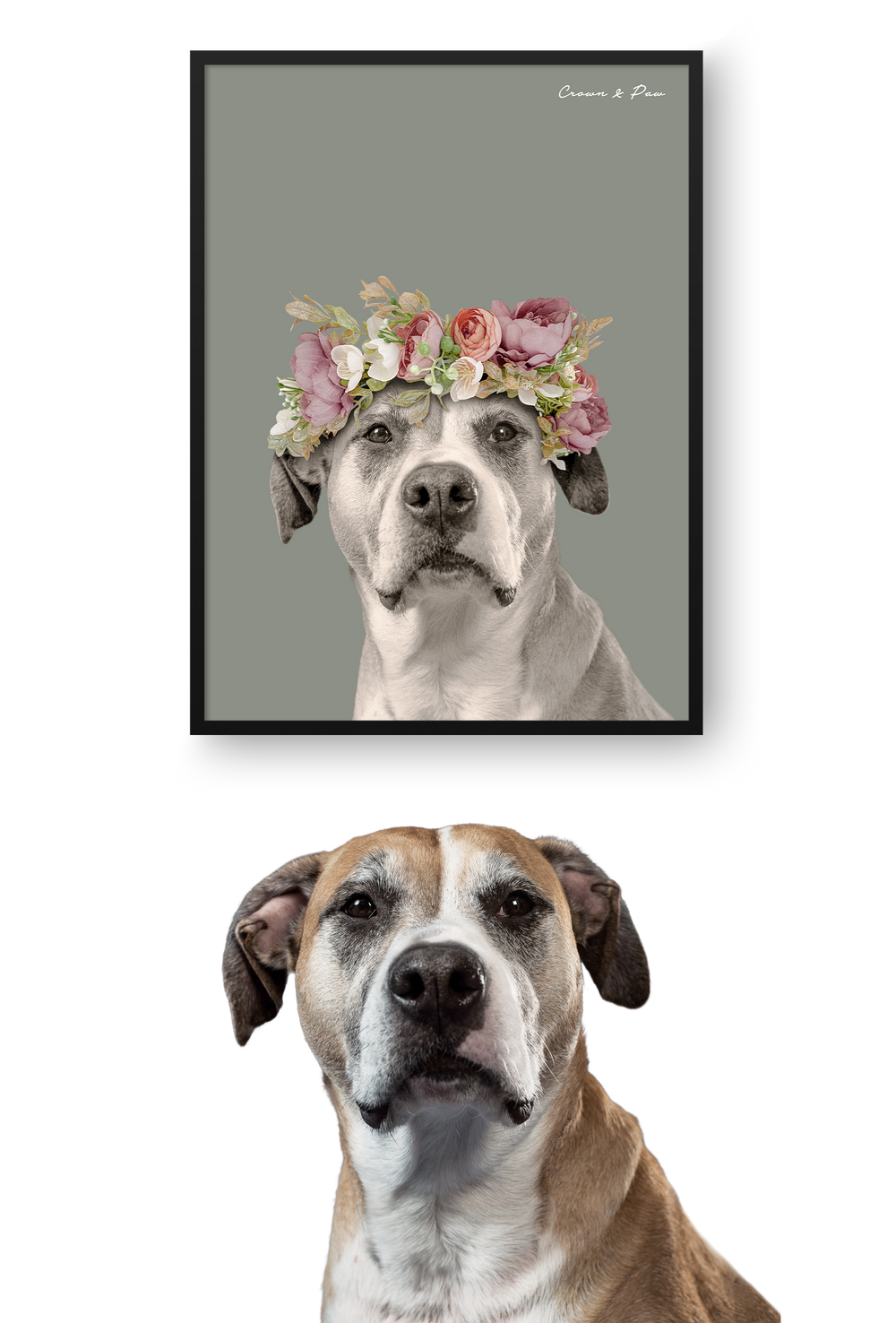


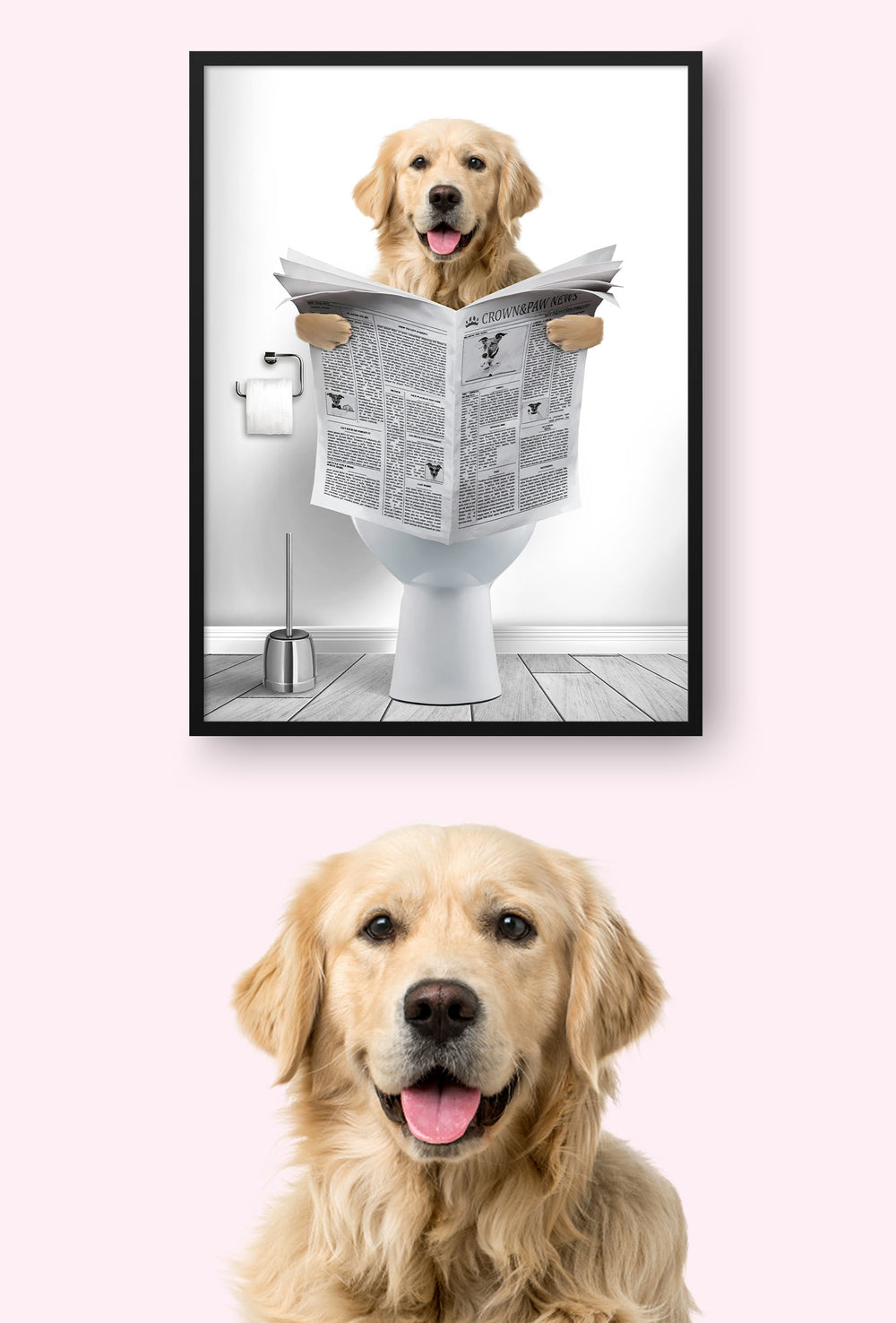
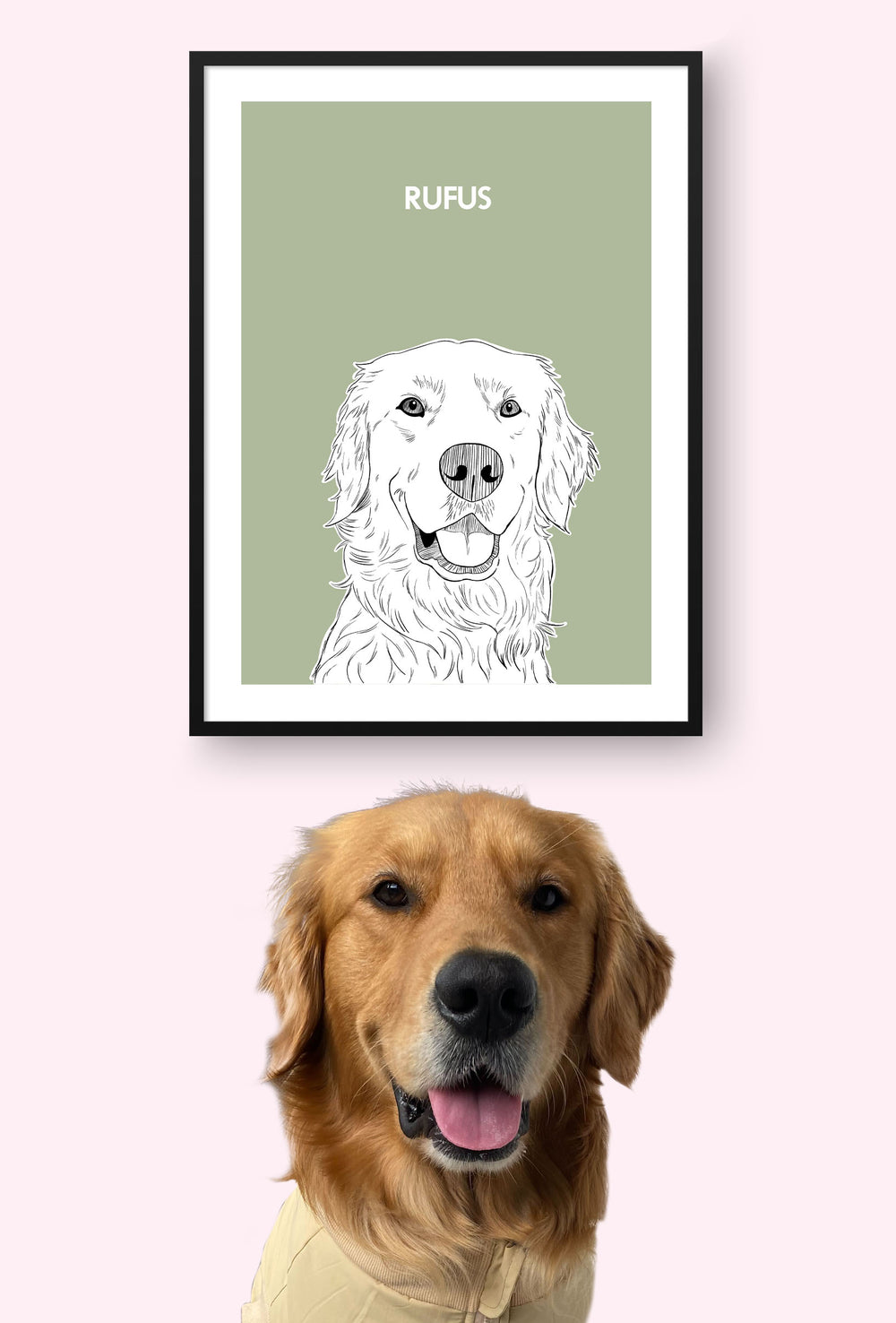




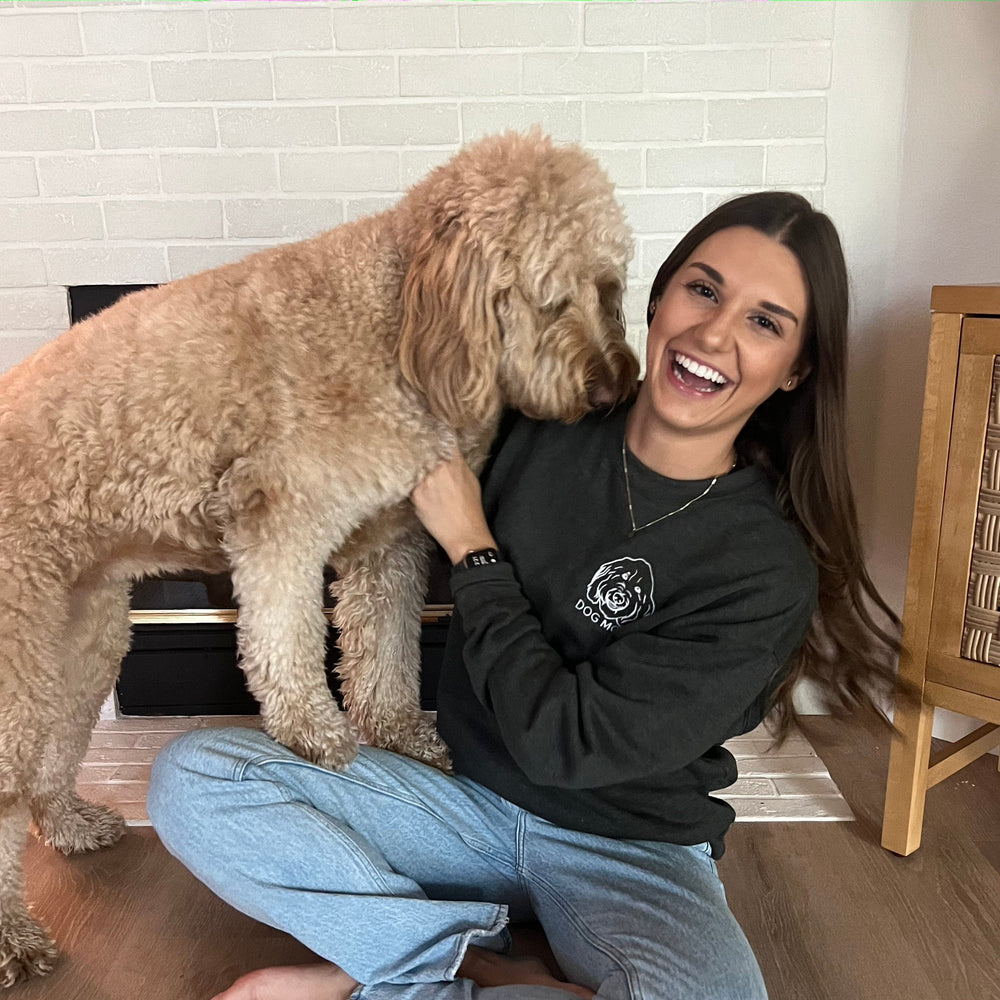


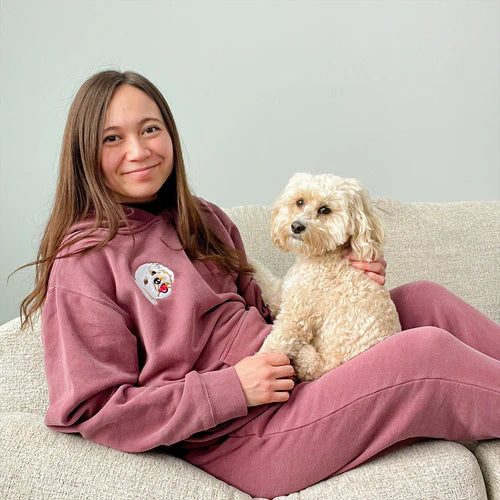
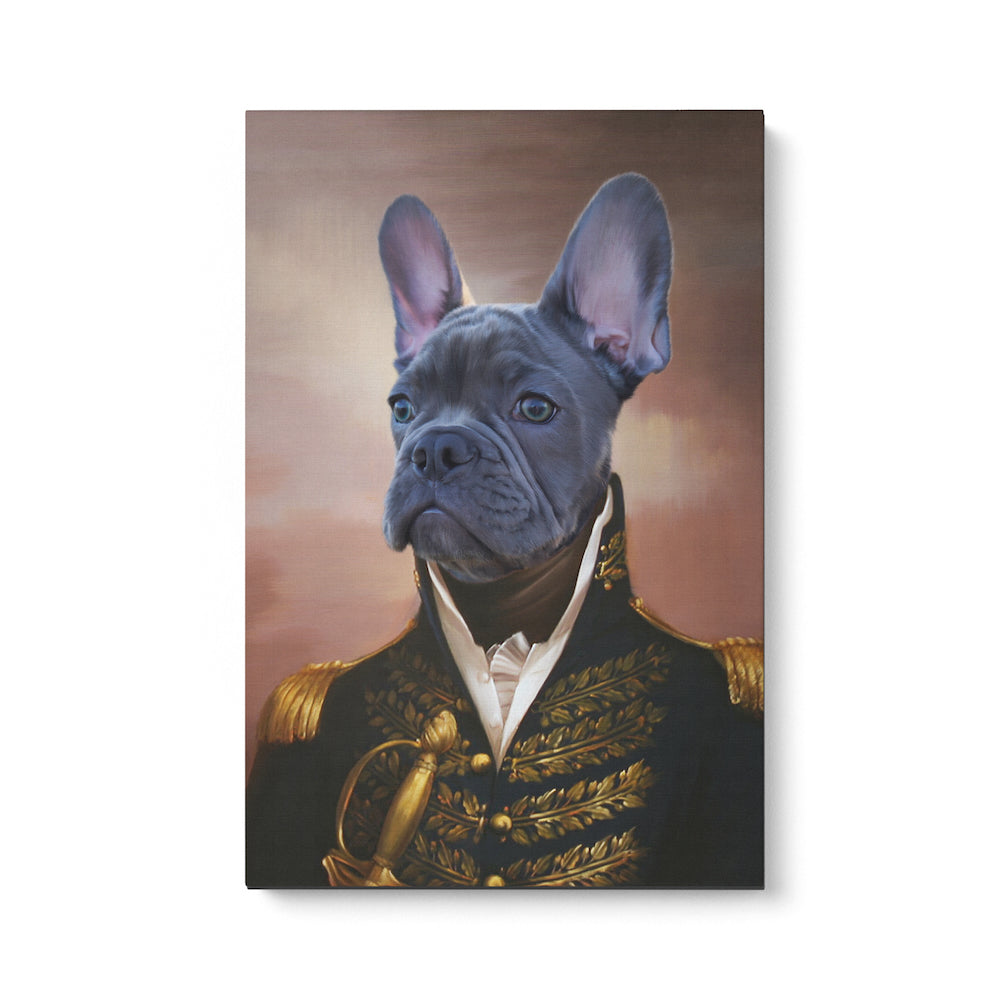


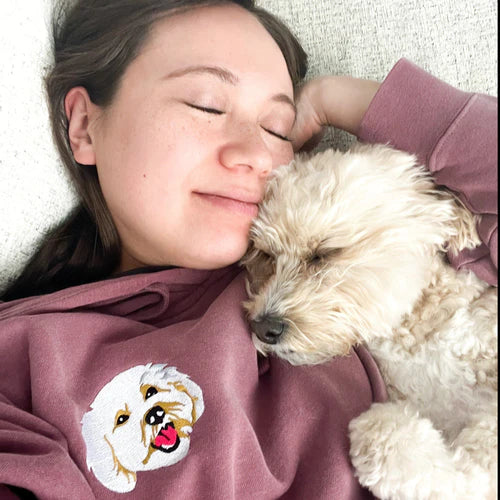







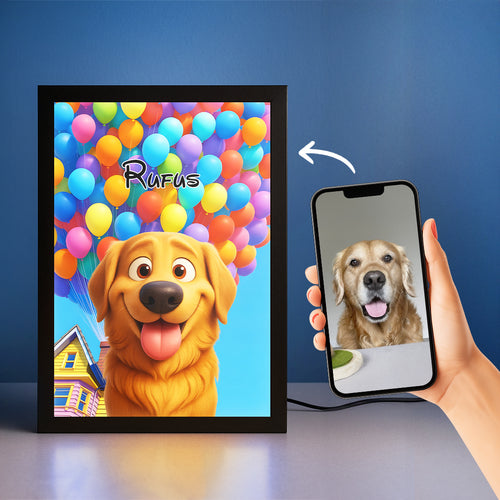




 Reviews
Reviews
 My Account
My Account
 Contact Us
Contact Us
 Help
Help
